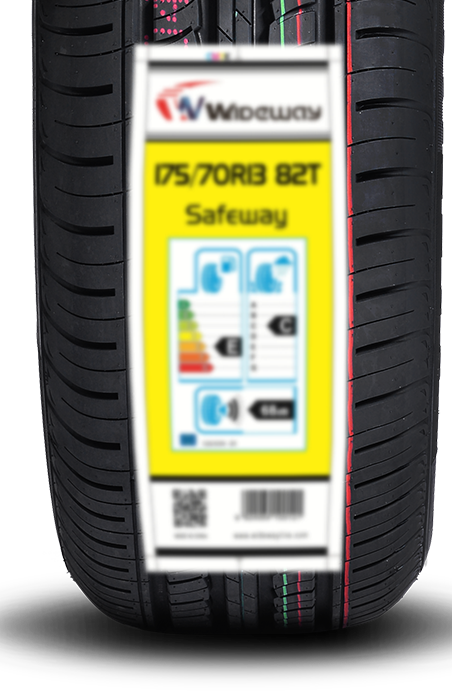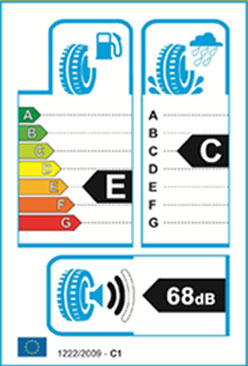The rules apply only to passenger car tires (C1), light truck tires (C2) and heavy duty vehicle tires (C3). The following categories are excluded from the scope:
· retreaded tire
· professional off-road tires
· racing tires
· studded tires
· temporary-use spare tires
· tires designed to be fitted on vehicles registered for the first time before 1 October 1990
· tires with a speed rating of less than 80 km/h
· tires with a nominal rim diameter that does not exceed 254 mm or is 635 mm or more




